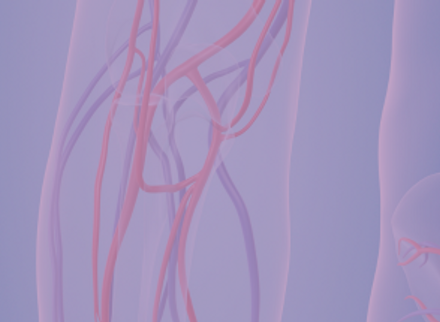
Implement
Members, welcome to our new website! To access your account for the first time, you’ll need to enter a new password.
Simply click the ‘Forgotten Password’ link on the login page to create a new one.
If you need any assistance, we’re here to help - just reach out!